In recent years, many mountainous communes in Dien Bien have been struggling between two persistent problems: low crop productivity due to sloping and infertile land or harsh weather, but also from people's lack of information and technical knowledge to take advantage of agricultural by-products, manage waste or store feed for livestock. Many households said they "know no other way but to burn straw and let livestock graze freely as they have always done".
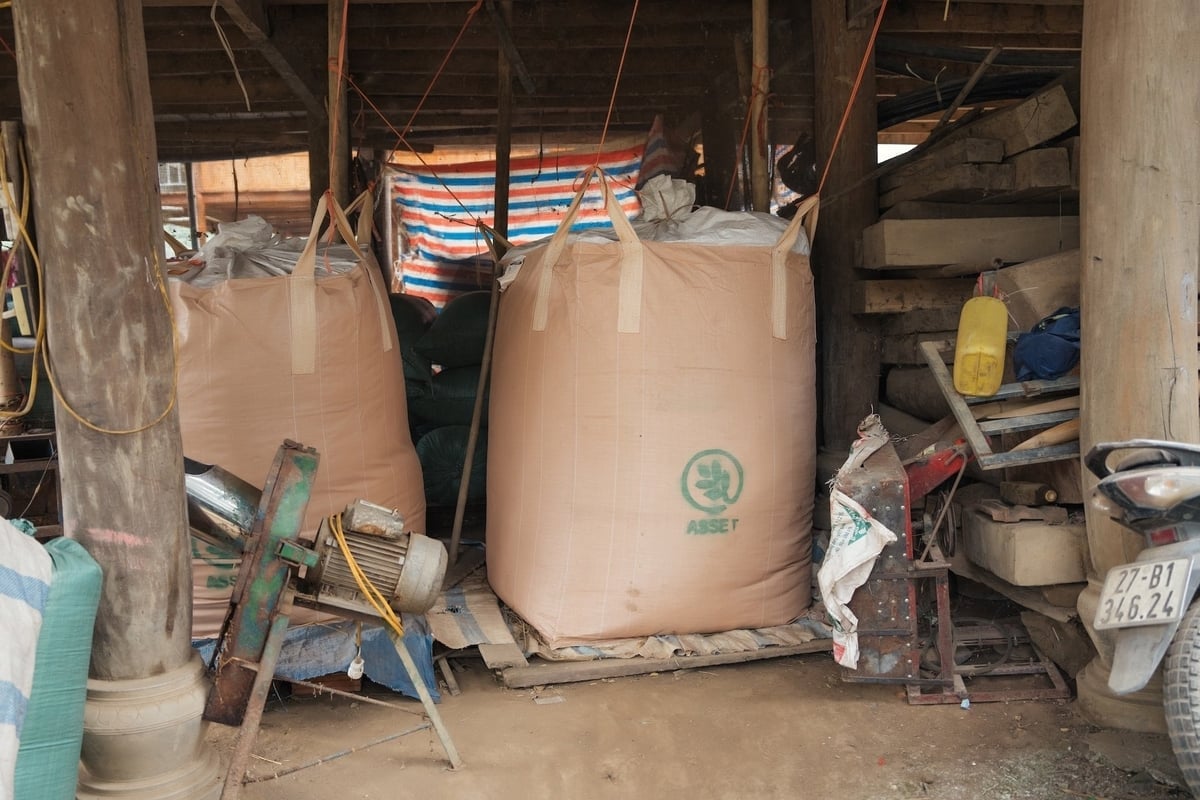
Bags of compost sponsored by the ASSET project for participating households. Photo: Linh Linh.
The turning point came when the Agroecological Transition and Safe Food Systems in Southeast Asia (ASSET) project piloted a model of grass planting, silage, and composting (FSC) in Nua Ngam commune in 2022. Most importantly, the project brought new sources of information, from training sessions, technical guidance, to interest groups where people had their questions answered and learned directly through practice. Thanks to access to knowledge they had never heard of before, 60 households in four villages proactively registered to participate. Three years later, the model was spread to 15 communes with 130 villages, attracting more than 800 households to participate, mainly Lao and Thai people growing corn, cassava, rice on sloping land and raising buffalo and cattle. Not only was the technology spread, but the habit of accessing and sharing agricultural information also changed significantly.
New practices change the pace of village life
In Na Sang 1 village, Nua Ngam commune, Ms. Vi Thi Tien remembers clearly the previous rice crops. Her rice field of more than 4,000 m² only gave about 37 bags of rice, each bag weighing 45 kg. Every time she applied fresh manure, she had to take advantage of the cool weather to carry it to the field. Just one rain would wash away the manure, making the soil harder and the rice weaker and more susceptible to pests and diseases. When the commune officials informed her about the FSC model, Ms. Tien immediately asked to join the group. She was supported with composting tarps, silage yeast and compost yeast, and was then guided on how to collect manure, corn stalks, straw, mix yeast and compost in a sealed pit.
After a few crops, her rice fields became looser and retained water better, the rice roots were strong, and the yield increased to 45 bags, equivalent to more than 2 tons, an increase of about 20% compared to before. She converted a part of the field to grow cabbage, squash and other short-term vegetables. Looking at the much greener vegetable fields, the commune officials happily said "the vegetables seem to smile", and Ms. Tien admitted that her garden had never been so green.
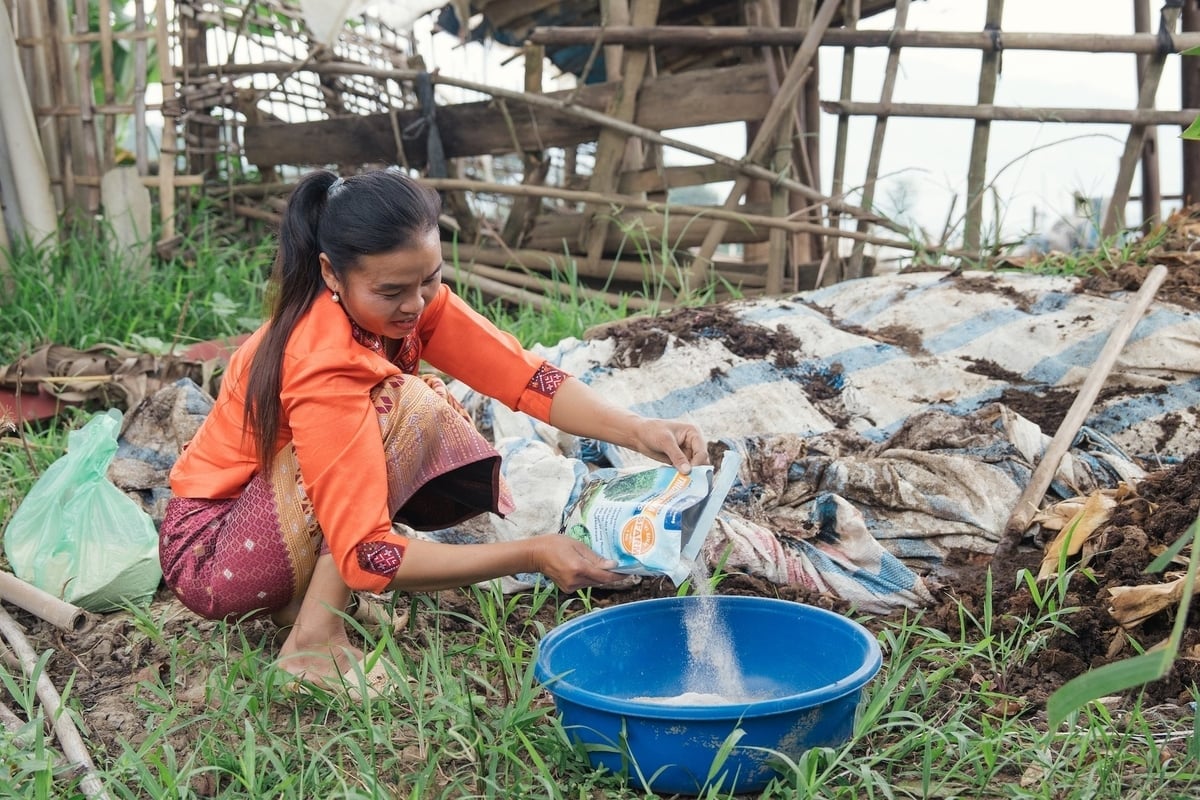
Ms. Vi Thi Tien mixes yeast for the next compost batch. Photo: Linh Linh.
However, the most obvious change is in the herd of cows. In each cold season, instead of grazing all day on the hillsides, the cows are often thin and susceptible to disease, her family switched to raising them in barns thanks to 2,500 m² of elephant grass grown as a food source. Each batch of grass is harvested, chopped by machine, mixed with yeast and by-products, and then put into large bags for silage. The bag of grass after silage has a light aroma, the cows eat well, and gain weight steadily. Most importantly, she no longer has to spend the whole day grazing; it only takes half an hour to feed the cows, and she takes the rest of the time to work for hire, attend village meetings, or help with housework. When the African swine fever epidemic broke out recently, the cows raised in barns avoided contact and were safer than before.
This method also quickly changed the habits of neighboring households. Mr. Vi Van Bun said that before, every corn and cassava harvest season, people burned the stems and leaves, and the smoke covered the whole village. When the cadres instructed him to use those by-products to mix yeast and ferment, he tried it and was surprised to see that the cows ate better. Realizing the effectiveness, he spent money to buy a chopper and a small press to proactively ferment food all year round. Instead of having to graze like before, he spent time expanding his cassava fields and working as a porter, thereby having an additional source of cash income. He said, everything changed with just a chopper and some fermenting yeast that he had never thought of before.
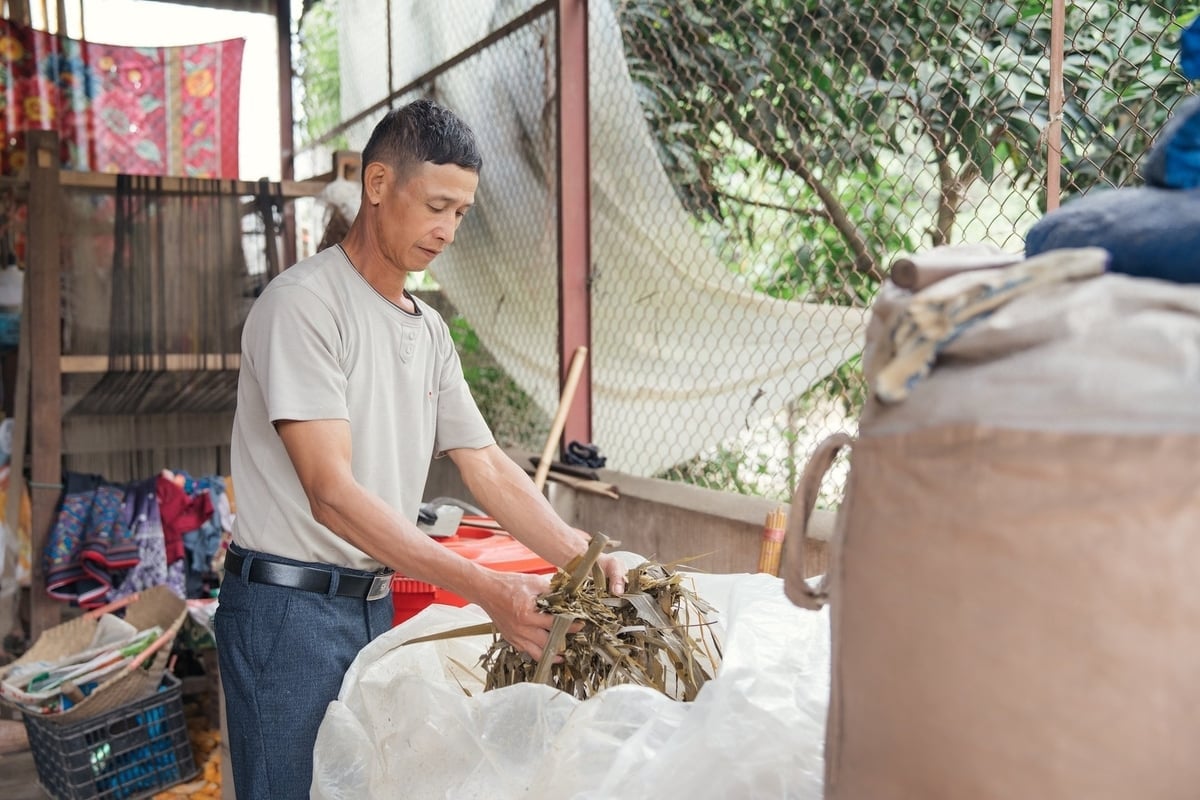
Mr. Lo Van Muu said, there were no meetings, no official groups, everything spread by "seeing others do it, then doing the same". Photo: Linh Linh.
Mr. Lo Van Muu recalled that when the project first entered the village, only a few households dared to do it first. But after one or two crops, this person boasted about fat cows, that person boasted about good fields, so the number of participating households increased to more than 40. There were no meetings, no official groups, everything spread by "seeing others do it, I will do it myself". Many households also affirmed that even though the project no longer supported probiotics, they would still pay for them because "it would be a pity to give them up".
From incinerated by-products to ecological cycles
According to Ms. Nguyen Thi Hang, Deputy Head of the Department of Agriculture and Rural Development of Dien Bien province, the fact that people have full access to information, are well-trained and have an environment to learn from each other has helped to form an ecological cycle in each household. This not only reduces production costs but also overcomes the lack of technical information that makes many mountainous households, despite their hard work, still poor. Previously, corn stalks, cassava leaves, and straw were often burned, causing both pollution and waste. Since applying silage techniques, all of these by-products have become a source of reserve food for cattle in the winter. Thanks to the shift from free-range to barn-raising, livestock waste is collected and composted into organic fertilizer, which is then applied back to rice fields, vegetable fields, and perennial garden gardens such as macadamia and coffee.
This change also significantly reduces the use of chemical phosphate fertilizers. Many households that previously used 2-3 quintals of phosphate fertilizer per crop now only need about 1 quintal and still have increased productivity. The soil is softer, has a higher nutrient retention capacity, and plants absorb nutrients better. “The effectiveness is obvious, so in the second and third years of the project, we introduced the FSC model into district and commune-level training and proposed using the target program budget to train grassroots staff,” said Ms. Hang.
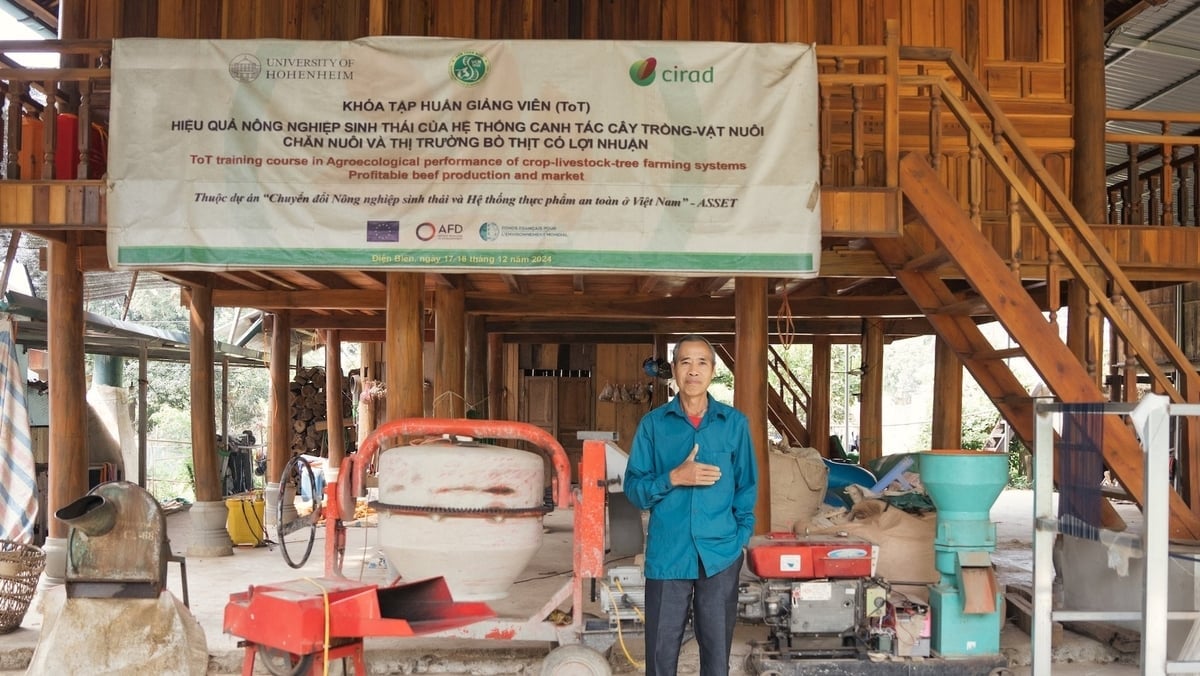
Mr. Vi Van Bun next to supported machines for composting, slicing, and compressing manure. Photo: Linh Linh.
From a research perspective, the ASSET project also pointed out the reasons why many mountainous households are still poor despite working hard. Most households only do one thing, either only farming or only raising livestock. When farming is separated from raising livestock, people have to buy a lot of fertilizer, and the soil quickly becomes infertile. When raising livestock is not linked to agricultural by-products, they have to buy concentrated feed, which can easily lead to losses in the winter. A system that is divided into two separate parts increases costs and increases risks.
FSC helps to connect these two activities into a cycle: by-products for raising cows, cows for manure, manure for growing soil, soil for growing rice and vegetables, then vegetables and stems are returned to be used as silage. This closed loop reduces costs, reduces risks and creates sustainability that a separate model cannot have. More importantly, when people do not have to spend half a day grazing, they have more time to work for hire, pick bamboo shoots, do small services or take care of their fields. “That is an additional income that many households never had the opportunity to have before,” said Ms. Hang.
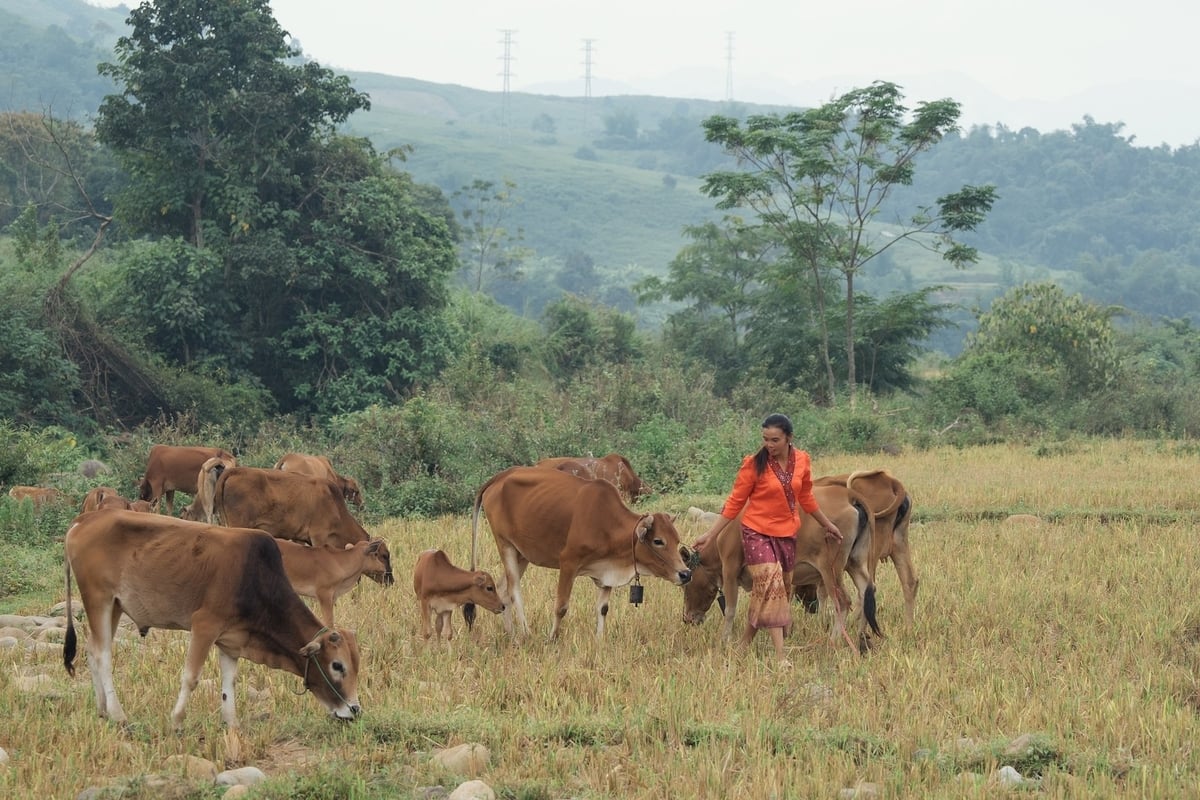
In every cold season, instead of letting the cows roam free all day on the hillsides, they are often skinny and susceptible to disease. Her family switches to raising them in barns thanks to 2,500 square meters of elephant grass grown as a food source. Photo: Linh Linh.
From a place where agricultural information was limited, Dien Bien communes now have covered compost pits, neatly stacked silage bags and lush vegetable fields thanks to organic fertilizer. This shows that when information barriers are removed, people in the highlands can proactively access new knowledge, apply it successfully and move towards sustainable poverty reduction.
Source: https://nongnghiepmoitruong.vn/thoat-ngheo-nho-tiep-can-thong-tin-nong-nghiep-moi-d784624.html



![[Photo] Lam Dong: Panoramic view of Lien Khuong waterfall rolling like never before](/_next/image?url=https%3A%2F%2Fvphoto.vietnam.vn%2Fthumb%2F1200x675%2Fvietnam%2Fresource%2FIMAGE%2F2025%2F11%2F20%2F1763633331783_lk7-jpg.webp&w=3840&q=75)


![[Photo] National Assembly Chairman Tran Thanh Man holds talks with South Korean National Assembly Chairman Woo Won Shik](/_next/image?url=https%3A%2F%2Fvphoto.vietnam.vn%2Fthumb%2F1200x675%2Fvietnam%2Fresource%2FIMAGE%2F2025%2F11%2F20%2F1763629724919_hq-5175-jpg.webp&w=3840&q=75)
![[Photo] President Luong Cuong receives President of the Senate of the Czech Republic Milos Vystrcil](/_next/image?url=https%3A%2F%2Fvphoto.vietnam.vn%2Fthumb%2F1200x675%2Fvietnam%2Fresource%2FIMAGE%2F2025%2F11%2F20%2F1763629737266_ndo_br_1-jpg.webp&w=3840&q=75)
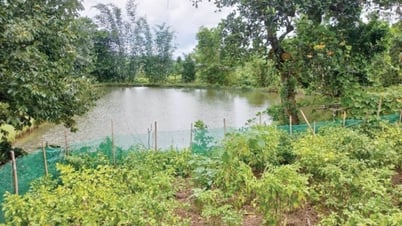

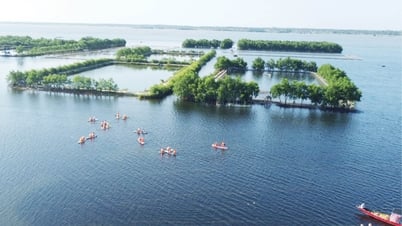




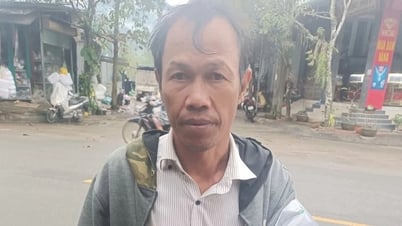
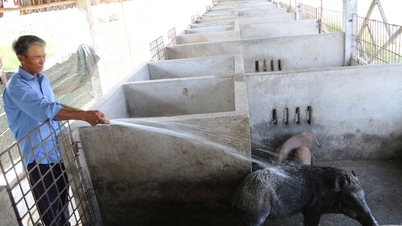


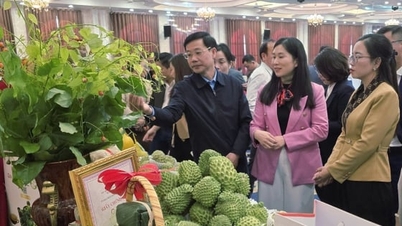

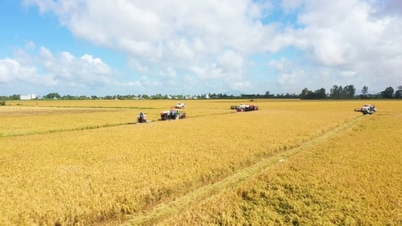
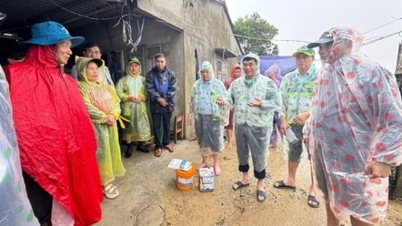
![Mastering knowledge to reduce poverty: [Lesson 4] Sugarcane returns to its glory](https://vphoto.vietnam.vn/thumb/402x226/vietnam/resource/IMAGE/2025/11/20/1763624025458_a08a777e324ebe10e75f-113252_188-143111.jpeg)






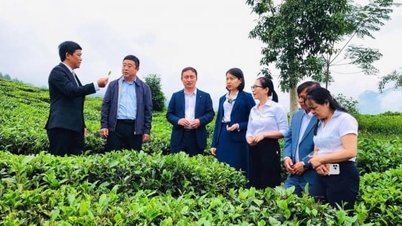









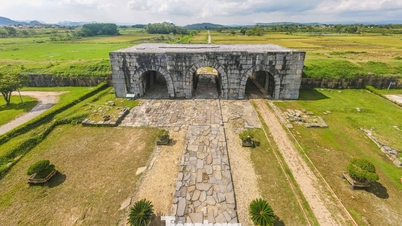

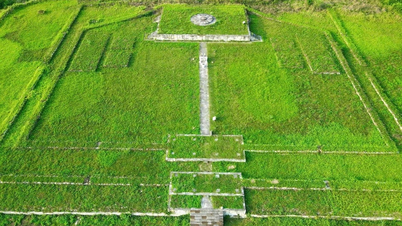


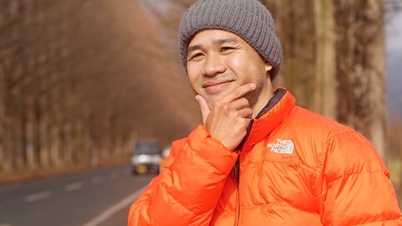


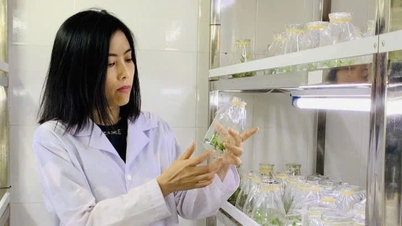











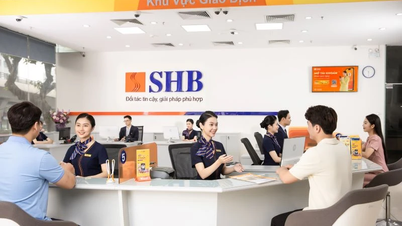









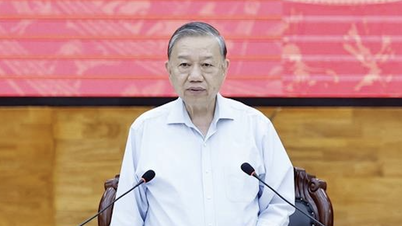


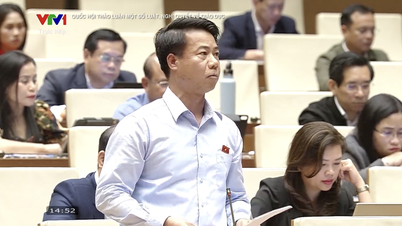



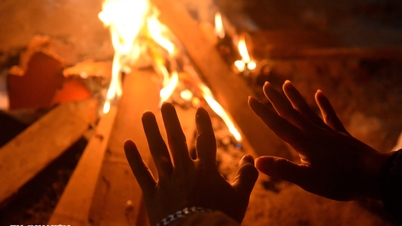
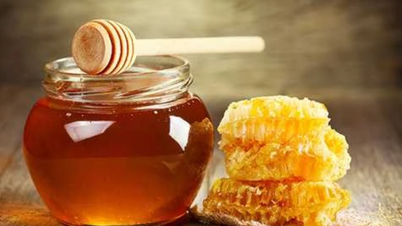

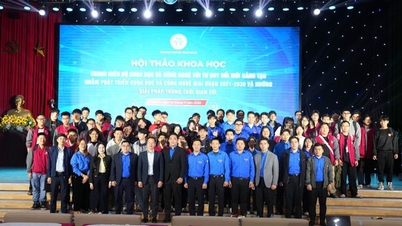

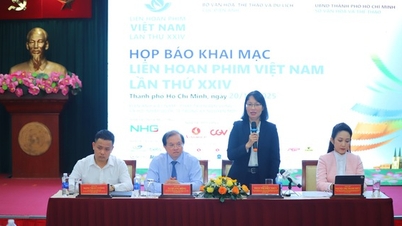


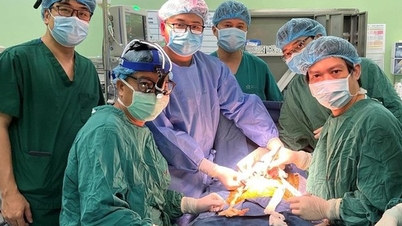






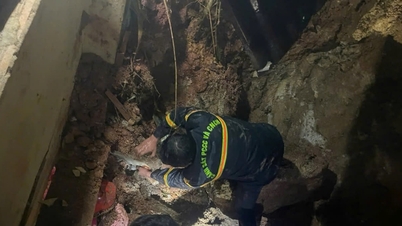
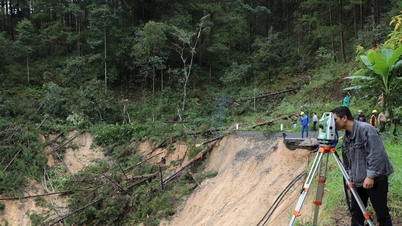
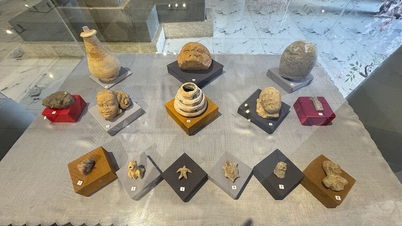














Comment (0)